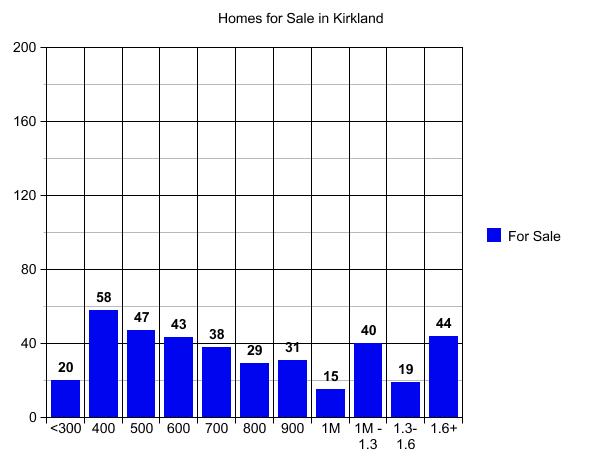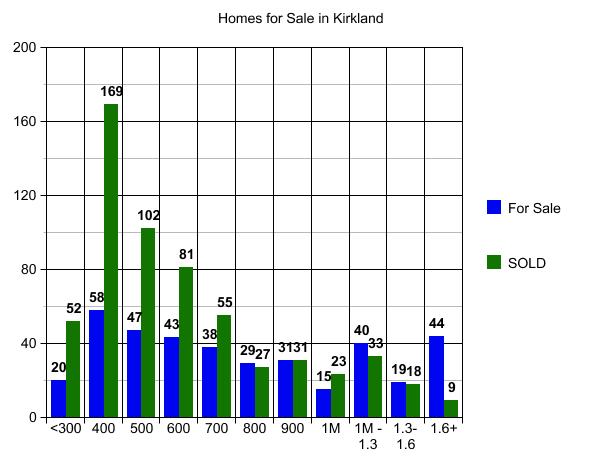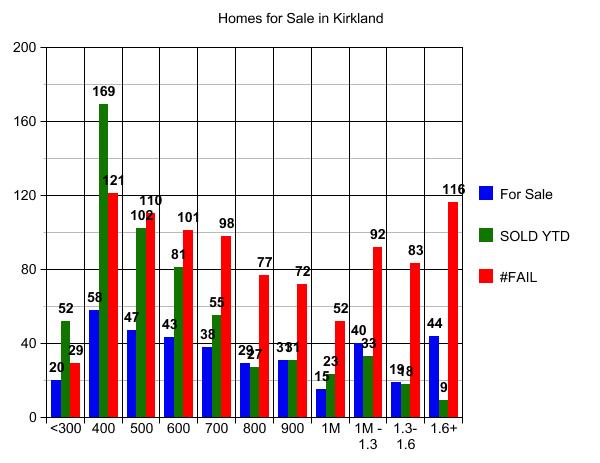One of the problems with today’s real estate inventory of homes for sale, is that it is difficult to determine if the asking price is a fair price. Today I received an email noting that the price of a home was reduced by $200,000. It is today $300,000 less than the day it went on market about three months ago.
Think about how scary that is to a would be home buyer! Someone could have paid $300,000 more for it than the asking price today, and who knows? That “new reduced price” could still be $300,000 more than someone will end up paying for it. This is particularly true of the home I am referring to in this post. (as an agent I cannot mention the address, and will have to delete it from the comments if someone else guesses it correctly. Let’s stick to the general point of the post and assume many homes fit this broad description.)
I want to talk to you today about a totally out of the box approach to buying real estate. It isn’t necessarily a new concept, it is simply the same strategy used in the hot market. In the hot market when there were 3 offers “in” when you wrote your offer, you automatically attached an “escalation clause” saying “I will pay X$ more than the highest offer up to X$ cap price”.
There are two homes on market, one each for two of my clients that my clients like, but we are agreeing that the asking price is too high for that home, and higher than any buyer will be willing to pay. In the meantime the seller is not ready to take an offer at what we consider to be a “fair” price for the homes in our “saved homes” watch list. We, the buyers and I, have attached a price to the homes that the buyer would pay, that is substantially less than the current asking price.
The way the market works generally, is buyers save these homes and wait for the price to come down. On the one hand they are afraid someone else will buy it at the price they are willing to pay. On the other hand they don’t want to get into a negotiation stance that might draw them above what they are willing to pay.
Let’s use a hypothetical. Let’s say the asking price is $999,950 and your price is $875,000. It would be fairly simple to put in an offer of $850,000 or X$ more than any other offer received with a cap of $875,000 in the next 30 days. Offer may be withdrawn anytime prior to acceptance or extended at the end of this 30 day period.
Many years ago during the last market like the one we are in now, I did something like this for a client. Slightly different. It was an abandoned very nice home. The owner did not have it on market as a short sale, they simply moved out when they stopped making their payments and moved out of State. The Bank had not foreclosed, and so the Bank could not sell the home or even consider offers to purchase. There were many people who wanted to buy the house. In fact one of the agents whose clients wanted the home, sent that client to me (which is how I got the client in the first place) as they could not determine how the buyer could get the house, it not being for sale. In fact half my business that year came from local agents who sent me situations they could not figure out in the weak market. Odd, but true 🙂
I wrote an offer at a ridiculously low price, which was also the highest price my client could afford to pay. The buyer was willing to give it his best shot, realizing that his best shot might not be good enough. I wrote the offer and sent it to the bank, who did not own it. I wrote a response time of 30 days. Every 30 days I had the buyer and his wife come into my office and rethink whether or not they still wanted that house at that price. If they said yes, I had them sign a short 30 day extension to the offer. This went on for nine months.
One day the Bank was within the time range when they could foreclose on the house. That’s one thing people don’t understand about short sales. The bank can’t always foreclose when they want to foreclose, and the person who put the offers into that file is not the person who opened the file to start the foreclosure proceedings. Banks can’t always answer your short sale offer when you want them to. The day the bank was ready to start the foreclosure process, they opened the file and found an offer inside with nine 30 day extensions. Rather than begin the foreclosure process, they called me and accepted my client’s offer.
There was never a for sale sign on the property as it was technically never for sale. My buyer client asked me to put a sold sign on the property so that would be buyers would stop going inside it while we were “in escrow”. I went over and put a sold sign up. Within two hours 21 people called screaming that they wanted to buy that house, but their agent or attorney told them they had to wait until after it was foreclosed on. One even told me he had already purchased new kitchen cabinets for it, and they were sitting in his basement.
I know there is an old saying that “the early bird gets the worm”, but in a market like this one we need to fall back on a completely different idiom. “patience makes perfect”. If you do the right things while being patient, you just might end up with a perfect result for you and your family.

 Five to one, more people are asking me if they should sell their home vs. if they should buy one. That said, I have more buyer clients than seller clients. Those buyers are simply not asking IF they SHOULD buy. The most difficult scenarios are those who need to do both at the same time, who cannot buy unless they sell, and who don’t want to put their home on the market until they know where they will go if and when it sells.
Five to one, more people are asking me if they should sell their home vs. if they should buy one. That said, I have more buyer clients than seller clients. Those buyers are simply not asking IF they SHOULD buy. The most difficult scenarios are those who need to do both at the same time, who cannot buy unless they sell, and who don’t want to put their home on the market until they know where they will go if and when it sells.


 The Queen Anne Neighborhood of Seattle is amazing from all angles – on the North slope there are lovely views of Ballard & Fremont over the canal and the Fremont Sunday Market is practically right there! To the East is Lake Union with houseboats all along Westlake, the Bigelow Ave portion of Queen Anne Boulevard, Downtown Seattle views, and more. In the Southeast, the newer QFC is just one of the factors that make this part of the neighborhood score high on
The Queen Anne Neighborhood of Seattle is amazing from all angles – on the North slope there are lovely views of Ballard & Fremont over the canal and the Fremont Sunday Market is practically right there! To the East is Lake Union with houseboats all along Westlake, the Bigelow Ave portion of Queen Anne Boulevard, Downtown Seattle views, and more. In the Southeast, the newer QFC is just one of the factors that make this part of the neighborhood score high on 



